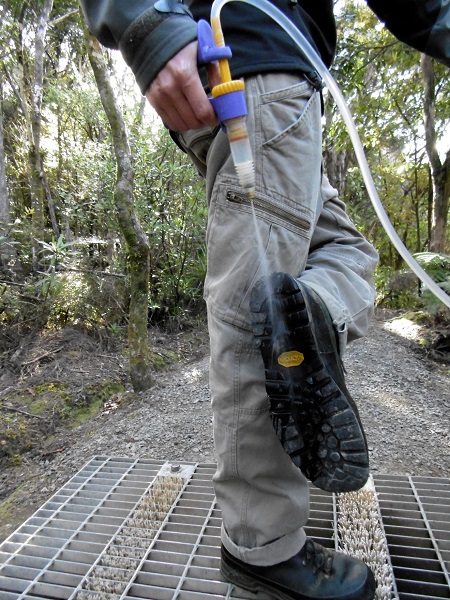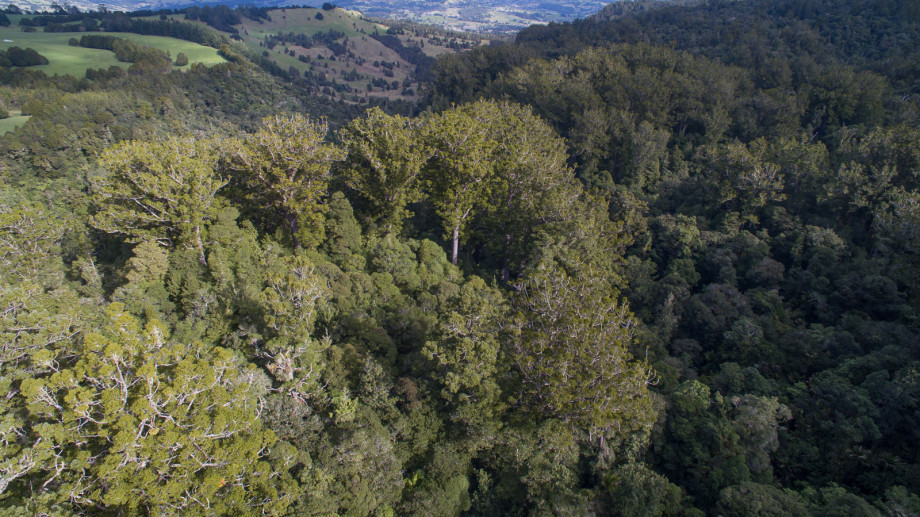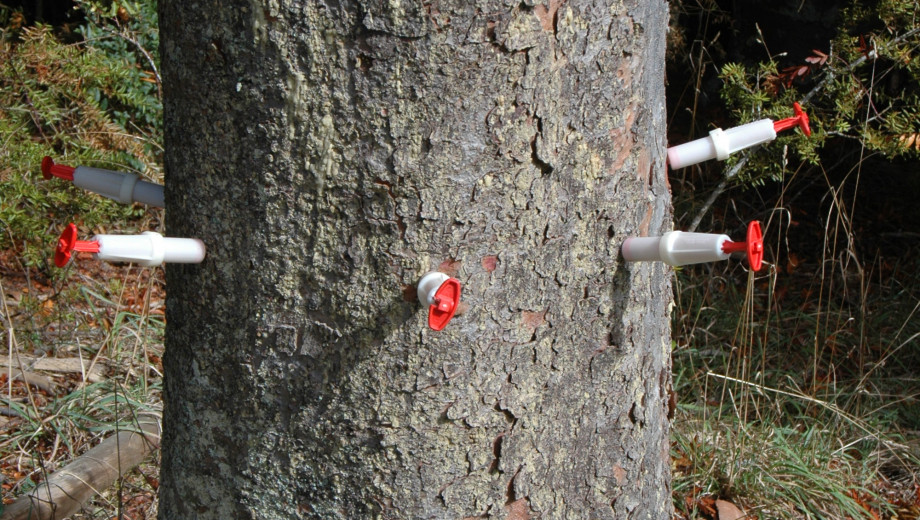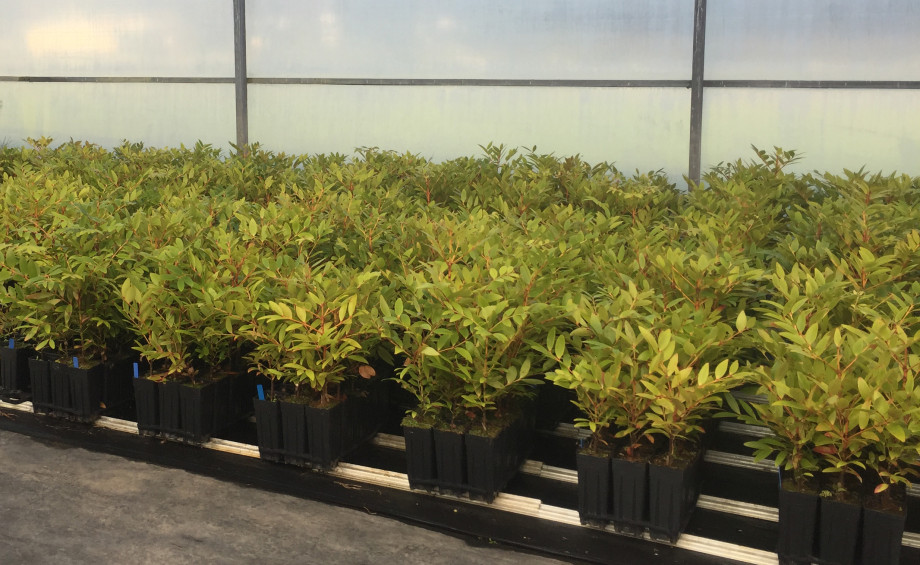Going into a Kauri forest?
We can all help to protect Kauri by following correct hygiene protocols when we go into Kauri forests.
How we can control the spread of PA
Disinfectants
A number of disinfectants are effective against PA. Disinfectant products have been tested to determine effectiveness against PA, safety for use by the public and environmentally friendliness. Sterigene was found to have the best profile in terms of having the least impact on the environment and is safe to use compared to other disinfectants tested.
IMPORTANT: Sterigene will not kill spores if they are embedded in soil, hence the application of sterigene should only occur AFTER ALL soil is removed using a scrubbing brush and water.

Rongoā
The use of Rongoā or traditional Māori medicines have been passed down through generations and used by Māori as a healing or enhancement of Māori wellbeing. Kauri Protection Programme has invested in two major Mātauranga Māori-based projects (1) Cultural health indicators and (2) Rongoā Ngahere Project.
The aim of the Rongoā Ngahere Project was to develop rongoā that is not only effective against disease but restores the mauri of kauri ngahere. Read our Rongoā reports:

Phosphites
A chemical called phosphite has been successfully used in NZ, and internationally, to reduce the impact of other Phytophthora species on tree species. It works by temporarily boosting the tree’s natural defences to help the tree tolerate the disease and hence reduce its impact. Our research has found that injecting phosphite into the trunk has the most potential in reducing the impact of the disease.
A five-year field trial was completed in 2017 and showed that phosphite injections appeared to have successfully healed trunk lesions of infected kauri juvenile trees. However, the longevity, efficacy and frequency of treatment for long-term control is unclear. Further research is underway to address these gaps while investigating the use of phosphite injections in larger mature trees and using phosphite sprays on trunk lesions.

Genetic tolerance or resistance
Most trees that are infected with the disease will eventually die, regardless of their size and age, however scientists believe that it is possible that a small population of kauri may show and increase tolerance or resistance to the disease and its impacts.
Tiakina Kauri hopes to find kauri that show or develop natural resistance towards the disease. The Healthy Trees, Healthy Future Programme, which is run by Scion and co-funded by Tiakina Kauri, seeks to find genetically resistant trees and to breed and hopefully one day plant disease-resistant kauri in infected areas to restore these areas.

Oospore deactivation
The lifecycle of the pathogen consists of a number of life states or stages. We have found that killing the resting spore or ‘oospore’ of the pathogen is the most difficult to achieve given it has a thick cell wall which protects it from the environment. Our aim is to find control tools which will deactivate or kill the oospore. Current research involves the use of temperature and p.H.
More about researched methods to control the disease in our research database.